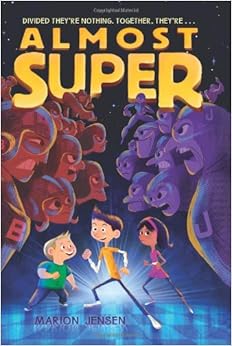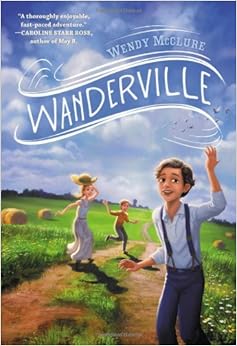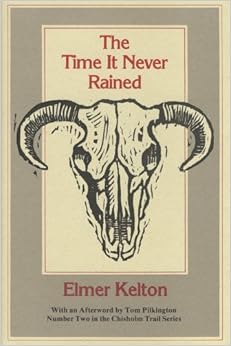 Since January, I’ve been on the wait list at the library for Robert Edsel’s The Monuments Men, about the WWII exploits of art preservationists saving valuable artwork form the Nazis in liberated Europe. I think I read about the book because there was a movie released in February called Monuments Men starring George Clooney. Hence the popularity of the book. (Has anyone seen the movie? Is it any good?)
Since January, I’ve been on the wait list at the library for Robert Edsel’s The Monuments Men, about the WWII exploits of art preservationists saving valuable artwork form the Nazis in liberated Europe. I think I read about the book because there was a movie released in February called Monuments Men starring George Clooney. Hence the popularity of the book. (Has anyone seen the movie? Is it any good?)
Under the Egg is a children’s novel that incorporates a lot of World War II history about the Monuments Men and stolen works of art and concentration camps into an art adventure for inquiring minds. I enjoyed the story, which features two thirteen year old girls investigating a possibly valuable, possibly stolen, painting by Raphael during a hot New York City summer. However, there are several weaknesses in the story which may make it a no-go for some readers.
The plot is great. However, the execution of the story leaves something to be desired. The impetus that begins the action and the denouement of the story each depend on huge coincidences that were hard to swallow. Although I’m not an author and don’t know exactly how it could be done, I think the plot could have been managed without the coincidences.
 Also, I loved all the history that is interspersed thoughout the story. I like reading about history. But I’m not most readers, and I think that some juvenile readers in particular will balk at the amount of historical exposition that is included in the novel. Maybe not. Again I loved it, but there is a lot of information and commentary about art and Nazi art thefts, about Renaissance artists and symbolism, especially Raphael, about the Monuments Men and about German internment camps and the Holocaust.
Also, I loved all the history that is interspersed thoughout the story. I like reading about history. But I’m not most readers, and I think that some juvenile readers in particular will balk at the amount of historical exposition that is included in the novel. Maybe not. Again I loved it, but there is a lot of information and commentary about art and Nazi art thefts, about Renaissance artists and symbolism, especially Raphael, about the Monuments Men and about German internment camps and the Holocaust.
QOTD: Who is your favorite Renaissance artist? (I’m rather fond of Rembrandt, myself.)








